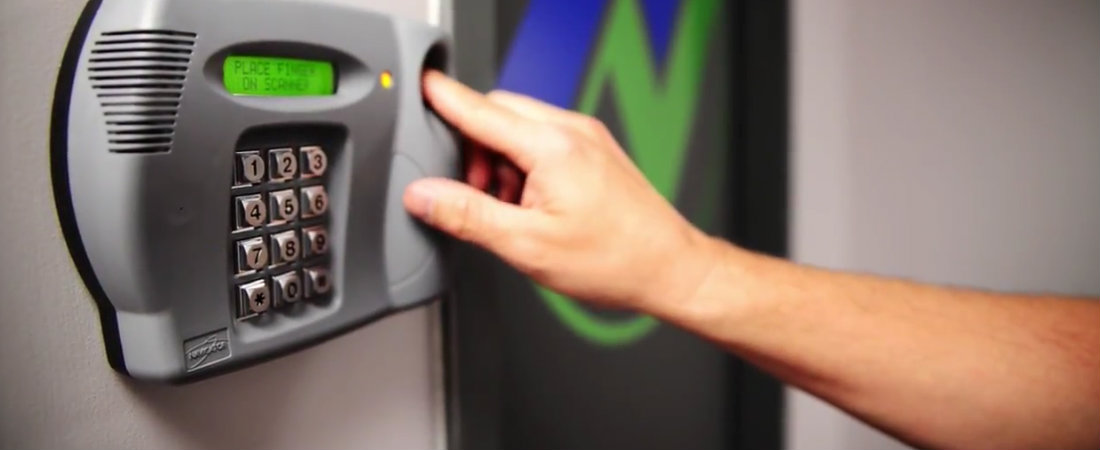
Access control: what are the future possibilities?
Access control: what are the future possibilities? In this article we look at three ways that technology is driving the development of access control for safer, more secure homes and businesses.
Contents
- Why is access control important?
- Smartphone integration means increased convenience
- Biometric access control techniques for heightened security
- What are the advantages of biometric security?
- Manage multiple devices or systems from a single platform
- Avoiding potential problems
- Access control: what are the future possibilities?
Why is access control important?
Access control is an integral part of physical security systems, and multiple companies are developing cutting edge technologies to meet the need for more sophisticated and secure access technology. The goal is to make access as smooth and convenient as possible for individuals with authorisation, without compromising security aimed at preventing unwanted intruders.
1. Smartphone integration means increased convenience
One trend is the use of smartphones as a security badge for access control. Instead of having to carry a separate ID token that might get lost or forgotten, employees can check in with a device they are already carrying. This is accomplished through a technology known as Near Field Communications.
Another development in this areas is the smart bracelet, a piece of wearable technology used in some hotels to allow guests to access their rooms, pay for purchases, and check in on social networks.
2. Biometric access control techniques for heightened security
While Near Field Communications technology is about increasing convenience, the introduction of biometric readers is designed to heighten security. Readers can use fingerprint, facial, and even vein identification to provide access control.
Fingerprint recognition is the most common biometric technology. It’s relatively simple and costs less to implement than other forms of biometric security. In some cases, multiple methods of biometric identification are combined for even greater security. This technology is combined with a mobile phone ID as a duplicate security measure.
What are the advantages of biometric security?
There are two key advantages of biometric security. Firstly, biometric readers can be used in extreme environments where it’s impractical to carry a badge or ID token. Consider dirty or contaminated workplaces such as mines, oil rigs, and hospitals.
Secondly and most obviously, biometric readers are also more resistant to fraud because it’s harder to counterfeit or steal access. The iPhone X’s facial recognition software is perhaps the most recent example of this: as we become more interconnected across our devices and security risks increase, biometric security is becoming increasingly commonplace.
3. Manage multiple devices or systems from a single platform
Whether you have a large home or multiple offices, integrating physical and technological security into a cohesive system allows for efficient operation of all security from a single point.
Domestic properties have home automation systems.
For the workplace, security integration means that disparate services such as CCTV and fire monitoring are combined with restricted items, like HR and personnel records, into a single system. In the case of a fire or break in, the integrated security system would alert emergency personnel and the management team, while acting to close off access to sensitive areas and monitor the movements of those people still in the building.
Combining access control technologies to create a 2-factor or 3-factor access control is another trend. A MIFARE card can hold details about multiple security systems on one ID badge.
Access control: what are the future possibilities?
A continued trend towards system integration and increasing levels of interoperability will make it easier to monitor and control access at all times. Video analytics cameras can be used to create a system that allows only one person at a time to access a secured area. This virtually eliminates the risk of unauthorised personnel sneaking into an area by tailing someone else. Biometric scanners will become more affordable and widely adopted.
These improvements, as well as other technologies that will undoubtedly be developed, will ensure that access control continues to provide strong security while offering value for its investment.
Interested in Access Control? Contact one of our security specialists by calling 01608 641670 or contact us online.

